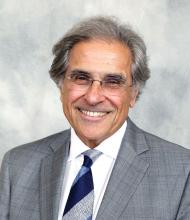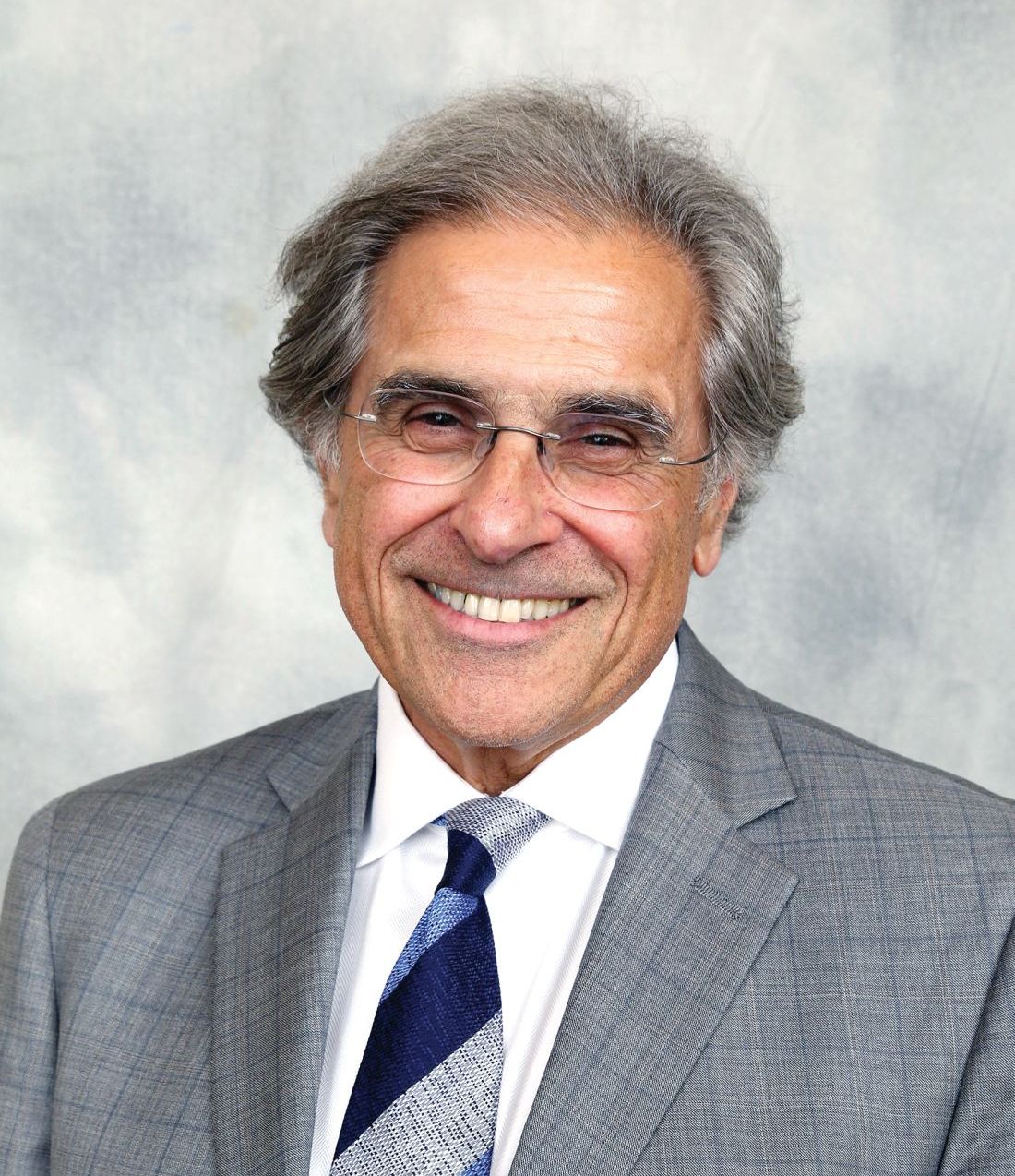User login
, according to recommendations by the American College of Physicians.
But the guidance drew strong condemnation from diabetes and endocrinology organizations, which warned the higher target range could do more harm than good.
Evidence presented in the ACP statement shows the intensive therapy commonly used to reach the previous target of 6.5%-7% is likely either to increase risk of adverse cardiovascular and hypoglycemic events or have the same risk as less intensive therapy.
“Treatment with drugs targeted to 7%, in contrast to 8%, does not prevent heart attacks or strokes,” said Jack Ende, MD, president of the ACP. “But it does result in substantial harm, including low blood sugar, increased medication burden, and increased cost.”
The ACP recommends clinicians should talk with patients about creating personalized treatment plans based on the risks and benefits of different drugs, what the patients prefers, life expectancy, and cost of care.
Previous guidelines on reaching HbA1c had been developed to reduce micro- and macrovascular complications; however, evidence that lowering levels also would lower events was not substantial enough to prove correct, as results were limited to reductions in less serious complications, according to Dr. Ende.
Physicians whose patients have HbA1c levels less than 6.5% are advised to deintensify patients’ pharmacologic therapy by reducing the dosage, or taking a medication out completely.
New guidelines were based on evaluation of four drug-therapy trials, which encompassed long- and short-term effects of intensive pharmacological therapy compared with more moderate treatment.
In the Veterans Affairs Diabetes Trial, patients given intensive treatment found no reduction in major cardiovascular, microvascular events, or death in a 5.6-year follow-up. The intensive group did show fewer cardiovascular events after a longer period of time – 12 years – but this difference was small (8.6 events per 1,000 patient-years), according to the investigators.
Because of these long-term improvements, which were found across almost all studies evaluated, the ACP also recommends treatment of symptoms related to hyperglycemia instead of HbA1c for patients with lower life expectancy, including those older than 80 years, those in nursing homes, and those with chronic conditions such as cancer or dementia.
“Setting stringent targets in these populations is not an optimal approach, and clinicians should instead focus on treating to reduce symptoms from both disease and treatment,” wrote Amir Qaseem, MD, PhD, vice president, Clinical Policy and Center for Evidence Reviews, ACP, and fellow investigators. “The ACP guidance statement in persons with a life expectancy less than 10 years is based on the small death or cardiovascular benefit of lower HbA1c targets through at least 10 years, which should be balanced with treatment harms.”
The policy implications of these recommendations address physician performance evaluations, which the ACP recommends should not have a target HbA1c level below 8%, nor any target level for patients with limited life expectancies.
But many diabetes organizations aren't embracing the new target levels.
The ACP's recommendations could keep many diabetes patients from achieving all the benefits from long-term intensive glucose control, warned the Endocrine Society, the American Diabetes Association, the American Association for Clinical Endocrinologists, and the American Association of Diabetes Educators in a joint statement. And the ACP's recommendations overlook the positive impact that newer diabetes drugs have shown on morbidity and mortality in high-risk type 2 diabetes patients.
Coauthor Michael J. Barry, MD, reported receiving grants from the nonprofit Healthwise, outside of this statement.
All other authors reported no relevant financial disclosures.
, according to recommendations by the American College of Physicians.
But the guidance drew strong condemnation from diabetes and endocrinology organizations, which warned the higher target range could do more harm than good.
Evidence presented in the ACP statement shows the intensive therapy commonly used to reach the previous target of 6.5%-7% is likely either to increase risk of adverse cardiovascular and hypoglycemic events or have the same risk as less intensive therapy.
“Treatment with drugs targeted to 7%, in contrast to 8%, does not prevent heart attacks or strokes,” said Jack Ende, MD, president of the ACP. “But it does result in substantial harm, including low blood sugar, increased medication burden, and increased cost.”
The ACP recommends clinicians should talk with patients about creating personalized treatment plans based on the risks and benefits of different drugs, what the patients prefers, life expectancy, and cost of care.
Previous guidelines on reaching HbA1c had been developed to reduce micro- and macrovascular complications; however, evidence that lowering levels also would lower events was not substantial enough to prove correct, as results were limited to reductions in less serious complications, according to Dr. Ende.
Physicians whose patients have HbA1c levels less than 6.5% are advised to deintensify patients’ pharmacologic therapy by reducing the dosage, or taking a medication out completely.
New guidelines were based on evaluation of four drug-therapy trials, which encompassed long- and short-term effects of intensive pharmacological therapy compared with more moderate treatment.
In the Veterans Affairs Diabetes Trial, patients given intensive treatment found no reduction in major cardiovascular, microvascular events, or death in a 5.6-year follow-up. The intensive group did show fewer cardiovascular events after a longer period of time – 12 years – but this difference was small (8.6 events per 1,000 patient-years), according to the investigators.
Because of these long-term improvements, which were found across almost all studies evaluated, the ACP also recommends treatment of symptoms related to hyperglycemia instead of HbA1c for patients with lower life expectancy, including those older than 80 years, those in nursing homes, and those with chronic conditions such as cancer or dementia.
“Setting stringent targets in these populations is not an optimal approach, and clinicians should instead focus on treating to reduce symptoms from both disease and treatment,” wrote Amir Qaseem, MD, PhD, vice president, Clinical Policy and Center for Evidence Reviews, ACP, and fellow investigators. “The ACP guidance statement in persons with a life expectancy less than 10 years is based on the small death or cardiovascular benefit of lower HbA1c targets through at least 10 years, which should be balanced with treatment harms.”
The policy implications of these recommendations address physician performance evaluations, which the ACP recommends should not have a target HbA1c level below 8%, nor any target level for patients with limited life expectancies.
But many diabetes organizations aren't embracing the new target levels.
The ACP's recommendations could keep many diabetes patients from achieving all the benefits from long-term intensive glucose control, warned the Endocrine Society, the American Diabetes Association, the American Association for Clinical Endocrinologists, and the American Association of Diabetes Educators in a joint statement. And the ACP's recommendations overlook the positive impact that newer diabetes drugs have shown on morbidity and mortality in high-risk type 2 diabetes patients.
Coauthor Michael J. Barry, MD, reported receiving grants from the nonprofit Healthwise, outside of this statement.
All other authors reported no relevant financial disclosures.
, according to recommendations by the American College of Physicians.
But the guidance drew strong condemnation from diabetes and endocrinology organizations, which warned the higher target range could do more harm than good.
Evidence presented in the ACP statement shows the intensive therapy commonly used to reach the previous target of 6.5%-7% is likely either to increase risk of adverse cardiovascular and hypoglycemic events or have the same risk as less intensive therapy.
“Treatment with drugs targeted to 7%, in contrast to 8%, does not prevent heart attacks or strokes,” said Jack Ende, MD, president of the ACP. “But it does result in substantial harm, including low blood sugar, increased medication burden, and increased cost.”
The ACP recommends clinicians should talk with patients about creating personalized treatment plans based on the risks and benefits of different drugs, what the patients prefers, life expectancy, and cost of care.
Previous guidelines on reaching HbA1c had been developed to reduce micro- and macrovascular complications; however, evidence that lowering levels also would lower events was not substantial enough to prove correct, as results were limited to reductions in less serious complications, according to Dr. Ende.
Physicians whose patients have HbA1c levels less than 6.5% are advised to deintensify patients’ pharmacologic therapy by reducing the dosage, or taking a medication out completely.
New guidelines were based on evaluation of four drug-therapy trials, which encompassed long- and short-term effects of intensive pharmacological therapy compared with more moderate treatment.
In the Veterans Affairs Diabetes Trial, patients given intensive treatment found no reduction in major cardiovascular, microvascular events, or death in a 5.6-year follow-up. The intensive group did show fewer cardiovascular events after a longer period of time – 12 years – but this difference was small (8.6 events per 1,000 patient-years), according to the investigators.
Because of these long-term improvements, which were found across almost all studies evaluated, the ACP also recommends treatment of symptoms related to hyperglycemia instead of HbA1c for patients with lower life expectancy, including those older than 80 years, those in nursing homes, and those with chronic conditions such as cancer or dementia.
“Setting stringent targets in these populations is not an optimal approach, and clinicians should instead focus on treating to reduce symptoms from both disease and treatment,” wrote Amir Qaseem, MD, PhD, vice president, Clinical Policy and Center for Evidence Reviews, ACP, and fellow investigators. “The ACP guidance statement in persons with a life expectancy less than 10 years is based on the small death or cardiovascular benefit of lower HbA1c targets through at least 10 years, which should be balanced with treatment harms.”
The policy implications of these recommendations address physician performance evaluations, which the ACP recommends should not have a target HbA1c level below 8%, nor any target level for patients with limited life expectancies.
But many diabetes organizations aren't embracing the new target levels.
The ACP's recommendations could keep many diabetes patients from achieving all the benefits from long-term intensive glucose control, warned the Endocrine Society, the American Diabetes Association, the American Association for Clinical Endocrinologists, and the American Association of Diabetes Educators in a joint statement. And the ACP's recommendations overlook the positive impact that newer diabetes drugs have shown on morbidity and mortality in high-risk type 2 diabetes patients.
Coauthor Michael J. Barry, MD, reported receiving grants from the nonprofit Healthwise, outside of this statement.
All other authors reported no relevant financial disclosures.
FROM ANNALS OF INTERNAL MEDICINE

